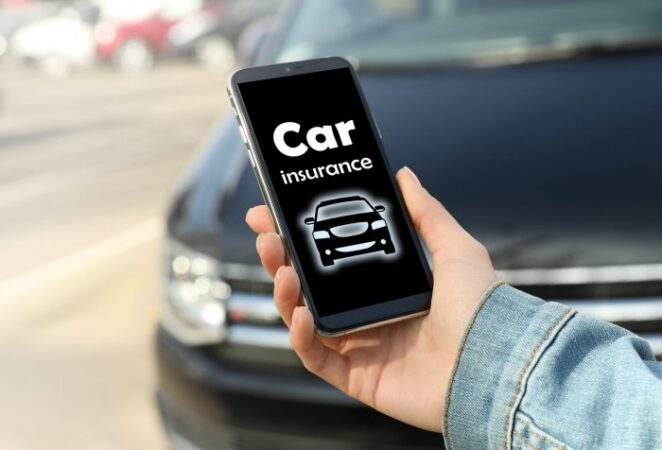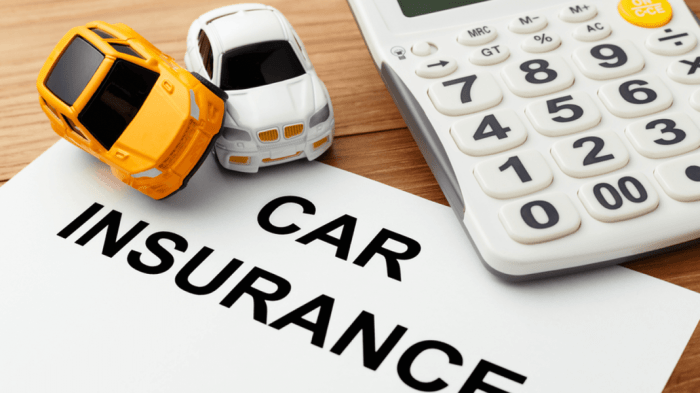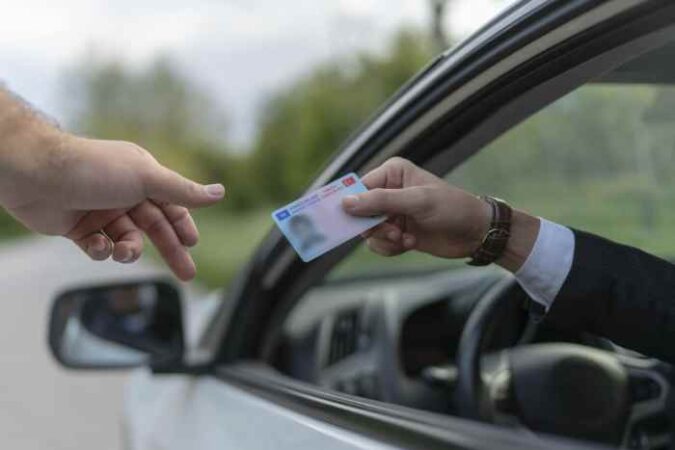
Can I get car insurance without a license in California? This question arises for many individuals who may not have a driver’s license but still need car insurance. While it’s crucial to understand that driving without a valid license in California is illegal and carries serious consequences, there are insurance options available for those who are not licensed drivers. This article explores the nuances of car insurance in California, particularly for those without a driver’s license, delving into the legal requirements, insurance options, and potential consequences.
California law mandates that all drivers have a valid driver’s license and car insurance. This ensures that drivers are adequately trained and financially responsible in case of an accident. However, there are specific situations where individuals might need car insurance without a driver’s license. For example, someone who owns a car but relies on other means of transportation, like public transit or rideshare services, might still need insurance for liability purposes.
California Driver’s License Requirements
In California, obtaining a driver’s license is a legal requirement for operating a motor vehicle on public roads. To get a driver’s license, you must meet specific eligibility criteria and go through a designated process.
Types of Driver’s Licenses in California
California offers different types of driver’s licenses to cater to various driving needs. These licenses are categorized based on the type of vehicle you are authorized to drive and the age restrictions associated with them.
- Class C Driver’s License: This is the most common type of driver’s license in California. It allows you to operate most passenger vehicles, including cars, vans, and small trucks.
- Class M Driver’s License: This license authorizes you to operate motorcycles and motor-driven cycles.
- Commercial Driver’s License (CDL): If you plan to drive commercial vehicles, such as semi-trucks or buses, you need a CDL. CDLs have different classifications based on the type of commercial vehicle you intend to operate.
Penalties for Driving Without a Valid License in California
Driving without a valid driver’s license in California is a serious offense with potential consequences. The penalties can vary depending on the circumstances of the offense and your driving history.
- Fines: You could face hefty fines, ranging from hundreds to thousands of dollars, depending on the severity of the violation.
- License Suspension: Driving without a valid license can lead to the suspension of your driving privileges, which means you won’t be allowed to drive legally until the suspension period is over.
- Jail Time: In some cases, especially for repeat offenders or those involved in accidents while driving without a license, you could face jail time.
- Vehicle Impoundment: The authorities may impound your vehicle if you are caught driving without a license, and you might have to pay fees to get it back.
Car Insurance in California

California mandates car insurance for all drivers, regardless of whether they have a driver’s license. This requirement is intended to protect drivers and their passengers from financial hardship in the event of an accident.
Types of Car Insurance Coverage in California
California law requires all drivers to carry at least the following types of car insurance:
- Liability Coverage: This type of insurance covers the costs of injuries or property damage caused by an insured driver to others in an accident. It includes:
- Bodily Injury Liability: This covers medical expenses, lost wages, and other damages for injuries to other people in an accident.
- Property Damage Liability: This covers damages to other people’s vehicles or property in an accident.
- Uninsured/Underinsured Motorist Coverage: This insurance protects drivers and passengers in case of an accident caused by a driver without insurance or with insufficient coverage. It covers medical expenses, lost wages, and other damages.
In addition to the mandatory coverage, drivers can choose to purchase other types of insurance, such as:
- Collision Coverage: This covers repairs or replacement of your vehicle if it’s damaged in an accident, regardless of who is at fault.
- Comprehensive Coverage: This covers damages to your vehicle from events other than accidents, such as theft, vandalism, or natural disasters.
- Medical Payments Coverage: This covers medical expenses for you and your passengers, regardless of who is at fault.
- Personal Injury Protection (PIP): This coverage, also known as “no-fault” insurance, covers medical expenses and lost wages for you and your passengers, regardless of who is at fault.
Factors Influencing Car Insurance Premiums in California
Several factors influence car insurance premiums in California. These include:
- Driving Record: Drivers with a history of accidents, traffic violations, or DUI convictions generally pay higher premiums.
- Age and Gender: Younger and inexperienced drivers tend to pay higher premiums due to their higher risk of accidents.
- Vehicle Type: The type of vehicle you drive, its value, and its safety features can influence your premium. For example, sports cars and luxury vehicles often have higher premiums than standard vehicles.
- Location: Your location can influence your premium due to variations in traffic density, accident rates, and crime rates.
- Credit Score: In California, insurance companies can use your credit score to determine your premium. Drivers with good credit scores generally pay lower premiums.
- Coverage Levels: The amount of coverage you choose will impact your premium. Higher coverage limits generally result in higher premiums.
- Deductible: The deductible is the amount you pay out of pocket for repairs or replacement before your insurance coverage kicks in. Higher deductibles generally result in lower premiums.
Insurance Options for Unlicensed Drivers
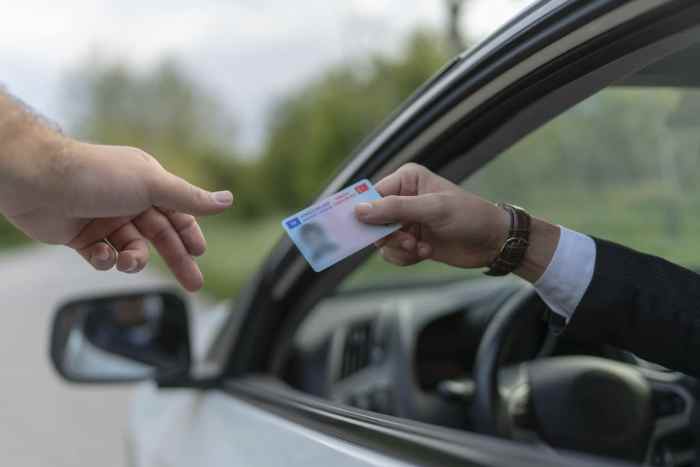
Even without a driver’s license, you can still secure insurance coverage for your vehicle in California. However, the available options and their associated benefits and drawbacks are worth considering.
Insurance Options for Unlicensed Drivers in California
While you cannot obtain traditional car insurance without a driver’s license, several alternative options exist:
- Named Non-Owner Coverage: This option provides liability coverage for individuals who do not own a vehicle but may drive others’ cars. This coverage can be beneficial for individuals who borrow cars frequently, as it offers financial protection in case of an accident while driving a non-owned vehicle. The coverage typically includes bodily injury and property damage liability, covering the costs associated with injuries or damages caused by the insured driver.
- Garage Liability Coverage: This coverage extends to individuals who own a vehicle but are not licensed to drive. The policy covers liability for accidents involving the insured vehicle while parked or driven by someone else with permission. This option is ideal for individuals who own a vehicle but do not drive it themselves, as it offers protection against liability claims arising from accidents involving their vehicle. The coverage typically includes bodily injury and property damage liability, covering the costs associated with injuries or damages caused by the insured vehicle.
- Non-Owner Coverage with Limited Liability: This option is available for individuals who are not licensed to drive but need insurance for a specific purpose, such as driving a vehicle for work or driving a friend’s car. This coverage offers limited liability protection, typically covering bodily injury and property damage liability. The coverage is usually less extensive than traditional car insurance but can be sufficient for specific situations where limited coverage is required.
Consequences of Driving Without Insurance: Can I Get Car Insurance Without A License In California
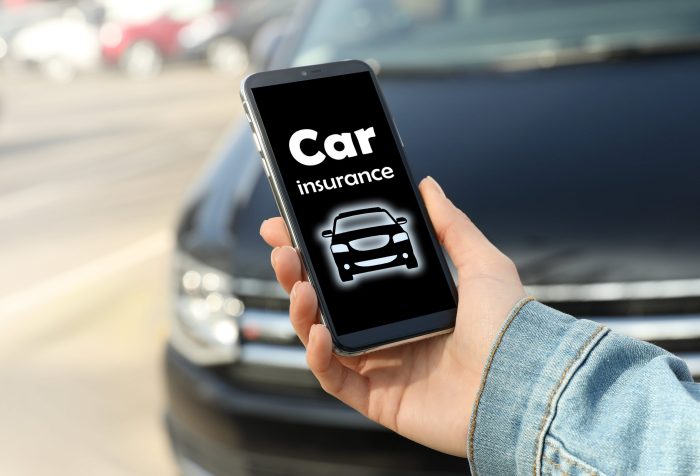
Driving without car insurance in California is not only illegal but can also lead to serious consequences. Failure to maintain the required minimum insurance coverage can result in fines, penalties, and even the suspension of your driving privileges.
Fines and Penalties
Driving without insurance in California is a serious offense. You can be fined up to $1,000 for the first offense and up to $2,000 for subsequent offenses. In addition to fines, you may also face penalties such as:
- Suspension of your driver’s license: The California Department of Motor Vehicles (DMV) can suspend your driver’s license for up to four years if you are caught driving without insurance.
- Vehicle impoundment: Your vehicle may be impounded if you are caught driving without insurance.
- Surcharge on your insurance premiums: Even if you get insurance after being caught driving without it, you may have to pay a surcharge on your insurance premiums for several years.
Impact on Driving Privileges
Driving without insurance can have a significant impact on your driving privileges. The DMV can suspend your driver’s license, which means you will not be able to legally drive. In addition, if you are involved in an accident while driving without insurance, you could face even more serious consequences, such as:
- Being held liable for all damages: If you are at fault for an accident and do not have insurance, you will be personally liable for all damages, including medical bills, property damage, and lost wages.
- Legal action: The other driver may sue you for damages, and you could be forced to pay a large settlement.
- Criminal charges: If the accident results in serious injuries or death, you could face criminal charges.
Alternatives to Driving
If you don’t have a driver’s license in California, there are various alternative transportation options available. Choosing the right option depends on your individual needs, budget, and location.
Public Transportation
Public transportation, such as buses, trains, and light rail, offers a cost-effective and environmentally friendly way to get around.
- Advantages:
- Cost-effective: Public transportation fares are often significantly cheaper than owning and operating a car.
- Environmentally friendly: Public transportation reduces traffic congestion and carbon emissions.
- Convenient: Public transportation networks often provide extensive coverage, connecting major cities and towns.
- Disadvantages:
- Limited flexibility: Public transportation schedules can be inflexible, and routes may not always go directly to your destination.
- Crowded conditions: Public transportation can be crowded, especially during peak hours.
- Safety concerns: Some people may have safety concerns about using public transportation, especially at night.
Ride-Sharing Services, Can i get car insurance without a license in california
Ride-sharing services like Uber and Lyft provide on-demand transportation. You can request a ride through a mobile app and be picked up within minutes.
- Advantages:
- Convenience: Ride-sharing services are available 24/7 and can be easily booked through a mobile app.
- Flexibility: You can choose your destination and ride time.
- Safety features: Most ride-sharing services have safety features such as driver background checks and GPS tracking.
- Disadvantages:
- Cost: Ride-sharing services can be more expensive than public transportation, especially for longer distances.
- Surge pricing: During peak hours or high demand, ride-sharing services may charge surge pricing, which can significantly increase the cost of your ride.
- Reliability: The availability of ride-sharing services can vary depending on your location and time of day.
Taxis
Taxis are another readily available transportation option, offering door-to-door service.
- Advantages:
- Convenience: Taxis can be hailed on the street or booked through a phone call or app.
- Accessibility: Taxis are available in most urban areas.
- Disadvantages:
- Cost: Taxis can be expensive, especially for longer distances.
- Limited availability: Finding a taxi can be difficult during peak hours or in remote areas.
- Safety concerns: It’s important to choose reputable taxi services and be aware of potential safety risks.
Biking
Biking is a healthy and environmentally friendly mode of transportation, especially for shorter distances.
- Advantages:
- Cost-effective: Biking is a relatively inexpensive mode of transportation.
- Environmentally friendly: Biking produces no emissions.
- Health benefits: Biking provides excellent exercise.
- Disadvantages:
- Limited range: Biking is not practical for long distances.
- Safety concerns: Biking can be dangerous, especially in areas with heavy traffic.
- Weather limitations: Biking can be challenging in inclement weather.
Walking
Walking is a simple and accessible way to get around, especially for short distances.
- Advantages:
- Cost-effective: Walking is free.
- Environmentally friendly: Walking produces no emissions.
- Health benefits: Walking provides excellent exercise.
- Disadvantages:
- Limited range: Walking is not practical for long distances.
- Safety concerns: Walking can be dangerous, especially in areas with heavy traffic or crime.
- Weather limitations: Walking can be challenging in inclement weather.
Carpooling
Carpooling involves sharing a ride with others who are traveling in the same direction.
- Advantages:
- Cost-effective: Carpooling can significantly reduce transportation costs.
- Environmentally friendly: Carpooling reduces traffic congestion and carbon emissions.
- Social benefits: Carpooling can be a great way to meet new people.
- Disadvantages:
- Limited flexibility: Carpooling requires coordination with other people, which can be challenging.
- Safety concerns: It’s important to carpool with people you trust.
- Time commitment: Carpooling may require you to adjust your schedule to accommodate others.
Table Comparing Transportation Options
| Transportation Option | Cost | Convenience | Accessibility |
|---|---|---|---|
| Public Transportation | Low | Moderate | High |
| Ride-Sharing Services | Moderate to High | High | Moderate |
| Taxis | High | Moderate | Moderate |
| Biking | Low | Moderate | Moderate |
| Walking | Free | Low | High |
| Carpooling | Low | Moderate | Moderate |
Wrap-Up
Navigating the world of car insurance in California can be complex, especially when it comes to those without a driver’s license. While driving without a license is strictly prohibited, there are insurance options available to protect you and your assets. Understanding the legal requirements, available insurance options, and potential consequences is crucial for making informed decisions. If you find yourself in a situation where you need car insurance without a driver’s license, consulting with an insurance agent is highly recommended. They can guide you through the available options and help you choose the right coverage for your specific needs.
FAQs
Can I get car insurance if I’m only driving a car occasionally?
Yes, you can typically get car insurance even if you only drive occasionally. However, you’ll likely need to inform your insurance company about your limited driving habits. They might offer you a discounted rate based on your low usage.
What happens if I get caught driving without a license and insurance in California?
Driving without a license and insurance in California can result in hefty fines, vehicle impoundment, and potential jail time. It’s essential to comply with all driving laws to avoid legal consequences.
Are there any insurance options for individuals who are learning to drive?
Yes, some insurance companies offer insurance options for individuals who are learning to drive. These policies often include coverage for driving under supervision, providing protection while you gain experience.
